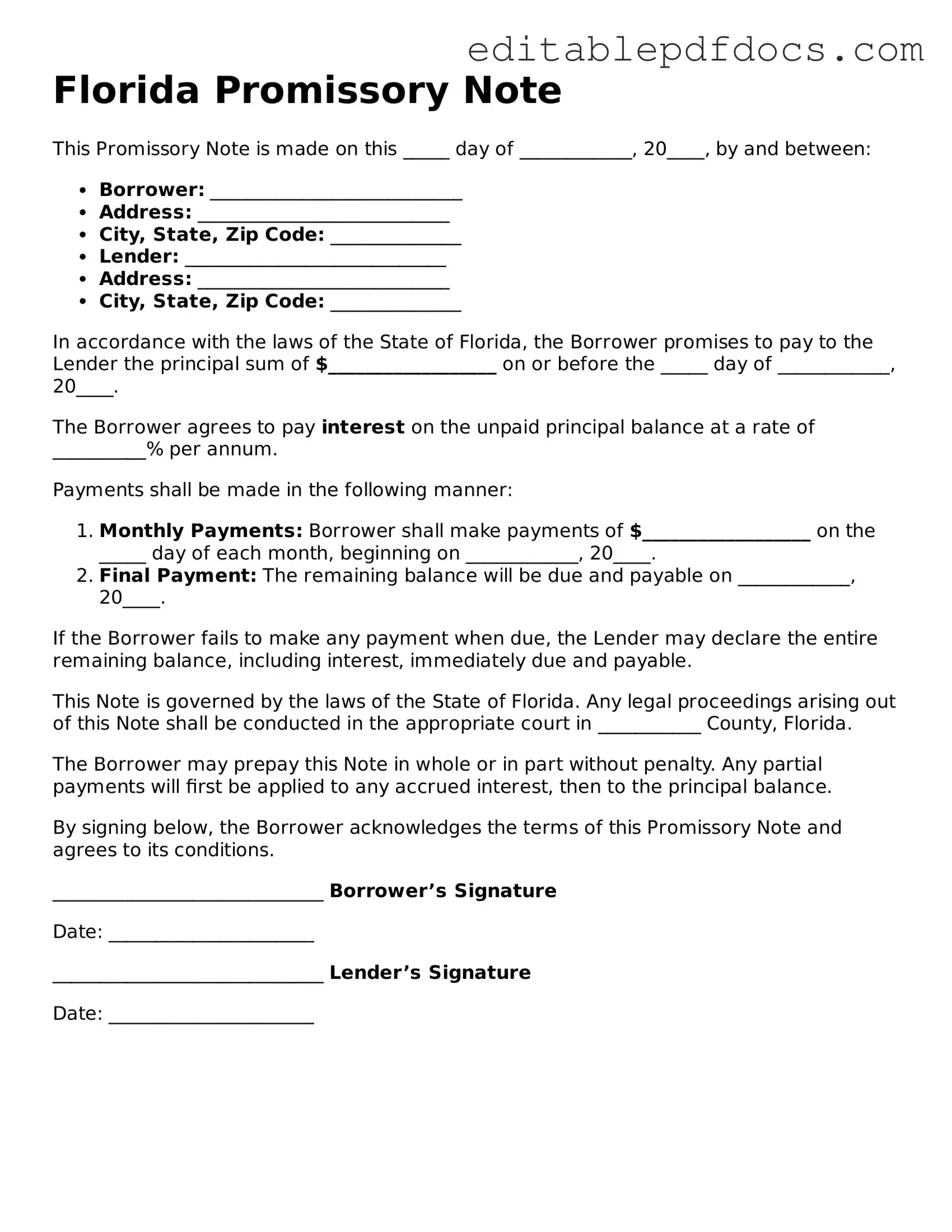Washington Promissory Note
- In case of disputes, the promissory note can serve as crucial evidence.
When dealing with the sale or transfer of older vehicles in New York, it's essential to understand the requirements for the MV-51 form. This form, also known as the certification of sale, must be properly filled out and is crucial for transactions involving vehicles from 1972 or earlier. Sellers need to ensure that they provide a clear bill of sale to accompany the form, verifying ownership and ensuring no liens exist. For further information on how to properly complete this process, visit nyforms.com/new-york-mv51-template/.
Promissory Note Template Arizona
- Promissory notes can be secured with collateral or remain unsecured based on terms.
Promissory Note Template California Word
- Both parties should retain copies of the signed promissory note for their records.
Georgia Promissory Note Template
- Promissory notes provide clear evidence of a debt obligation.
